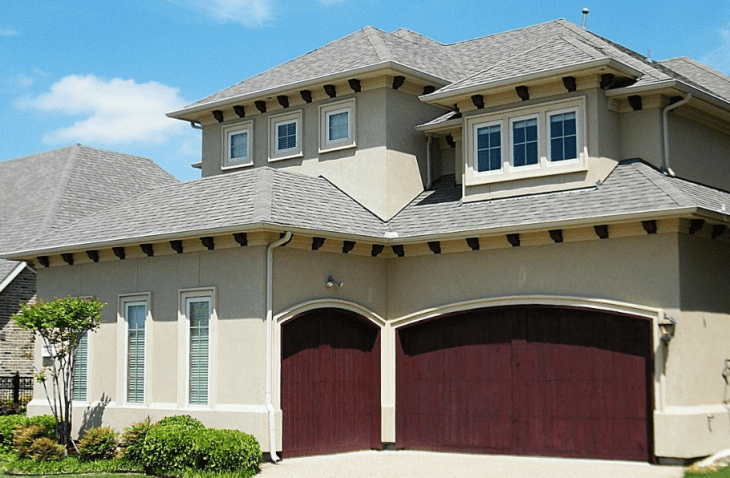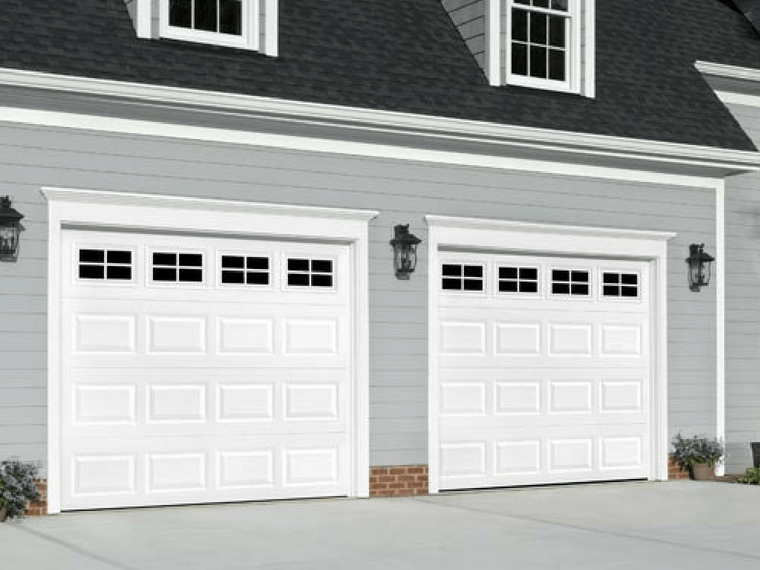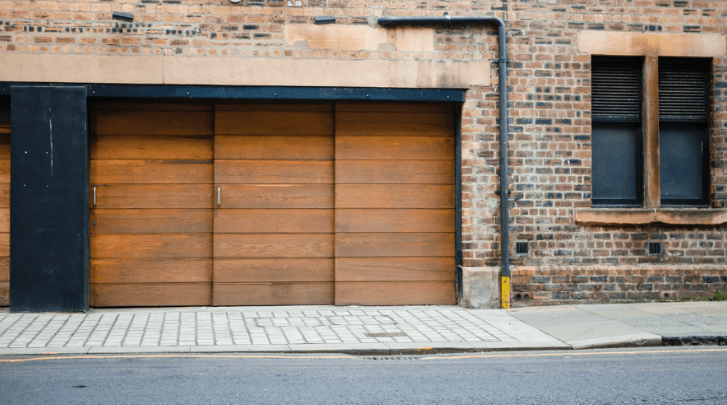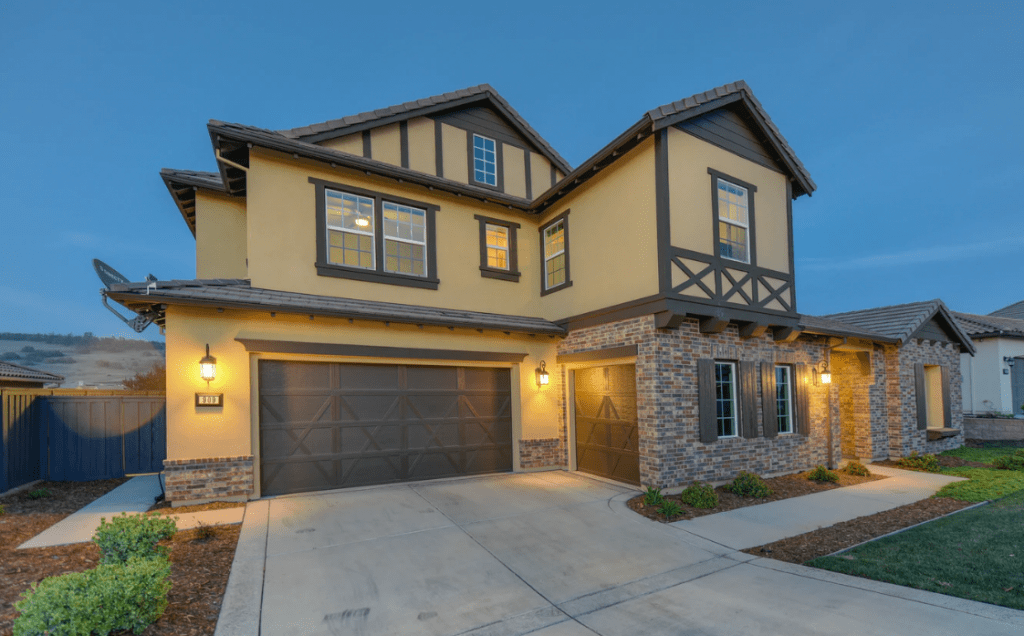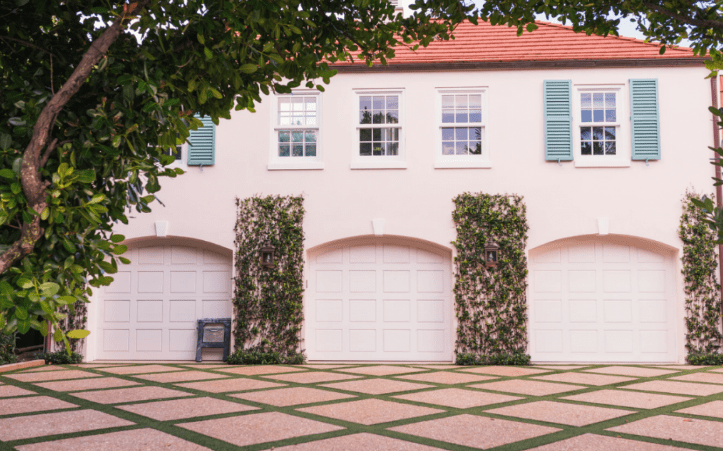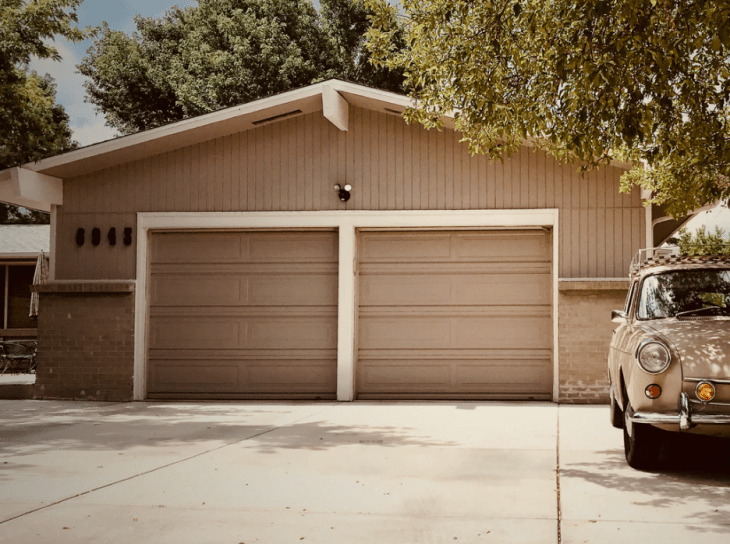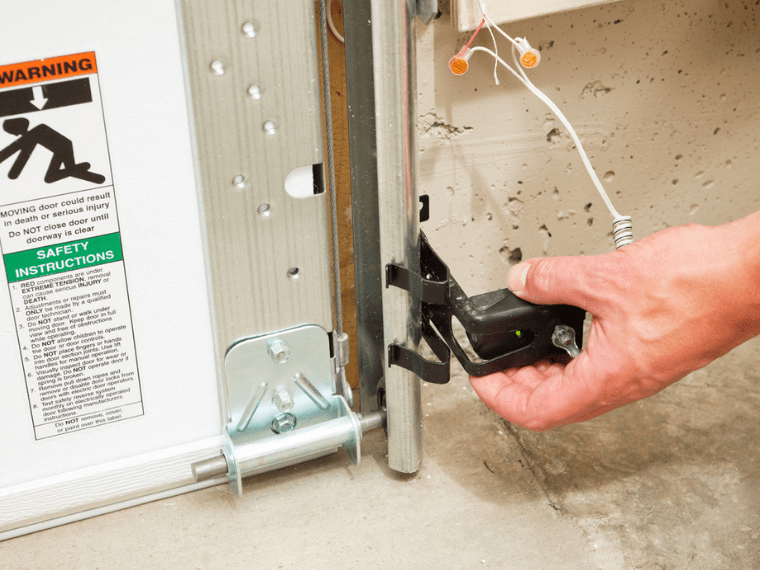The key to extending the life of your garage door is keeping it maintained year after year, especially if you experience extreme weather in your area. In this article, we’re taking a closer look at how to maintain garage door opener and its components. How to Maintain Garage Door Opener Your garage door opener is […]
How to Maintain Garage Door Opener
